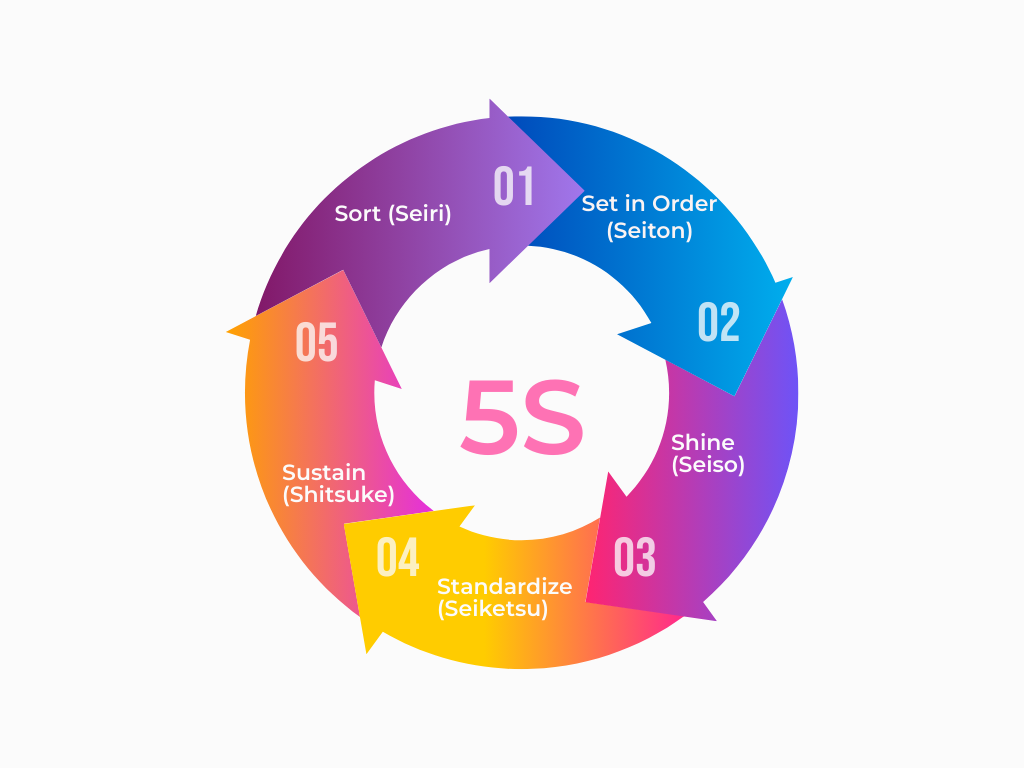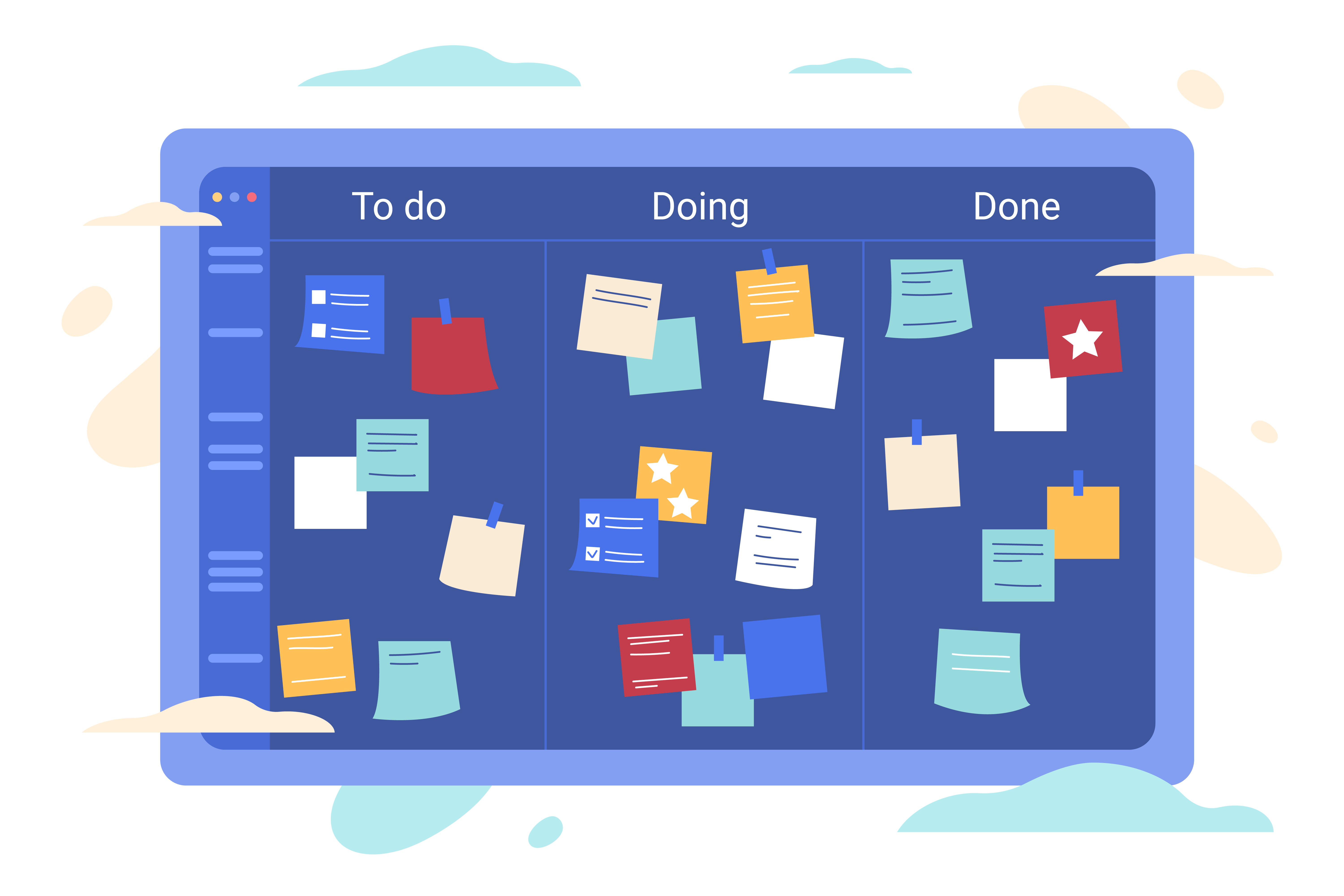In agile project management, Kanban boards play a crucial role in visualizing workflows and tracking progress. To maximize their efficiency, integrating the 5S principles—Sort, Set in Order, Shine, Standardize, and Sustain—can be transformative. This guide explores how to organize your Kanban board using the 5S methodology, enhancing productivity and clarity for your team.

1. Sort (Seiri)
The first step in applying the 5S principles to your Kanban board is to sort. This involves reviewing all tasks and determining what is essential and what can be removed. Clutter can obscure important tasks and reduce overall efficiency.
Prioritize Tasks: Identify high-priority tasks that need immediate attention and separate them from less urgent ones.
Remove Redundancies: Eliminate duplicate tasks and combine similar ones to streamline the board.
Categorize Tasks: Group tasks into clear categories, such as 'To Do,' 'In Progress,' and 'Done.' This creates a structured environment and reduces confusion.

By sorting effectively, you ensure that only relevant tasks are visible, allowing your team to focus on what matters most.
2. Set in Order (Seiton)
Once you have sorted the tasks, the next step is to set them in order. This involves organizing tasks in a logical sequence to ensure a smooth workflow.
Visual Hierarchy: Arrange tasks based on priority and deadlines. Use visual cues like color-coding to differentiate between various levels of importance.
Create Sections: Divide your board into distinct sections for different project phases or team responsibilities. This helps in tracking progress more efficiently.
Use Labels and Tags: Use Labels and Tags: Implement labels and tags to categorize tasks further. For example, use tags like 'Urgent,' 'Blocked,' or 'Awaiting Feedback' to provide quick status updates.
By setting tasks in order, you create a clear and intuitive layout that enhances team efficiency and task management.
3. Shine (Seiso)
The shine principle focuses on keeping your Kanban board clean and organized. A tidy board is easier to navigate and reduces the risk of errors.
Regular Updates: Keep the board updated by regularly moving tasks through the workflow. Remove completed tasks promptly to avoid clutter.
Consistent Review: Schedule regular reviews to ensure the board reflects the current state of the project. This helps in maintaining accuracy and relevance.
Clean Design: Avoid overloading the board with excessive information. Keep the design simple and clean, focusing on essential details.
Maintaining a clean and organized Kanban board enhances visibility and helps the team stay on track.
4. Standardize (Seiketsu)
To ensure long-term success, it's important to standardize processes related to your Kanban board. Consistency in usage and updates promotes efficiency and reduces misunderstandings.
Develop Guidelines: Create clear guidelines on how to use the board. Include rules for adding, updating, and moving tasks.
Training: Provide training for team members on the standard operating procedures. Ensure everyone understands the importance of maintaining the board.
Templates: Use templates for recurring tasks or projects. This saves time and ensures consistency in task management.
Standardizing your Kanban board processes helps maintain order and improves overall team productivity.
5. Sustain (Shitsuke)
The final step is to sustain the improvements by embedding the 5S principles into your team's routine. Continuous improvement and adherence to these principles are key to long-term success.
Regular Audits: Conduct regular audits of the Kanban board to ensure adherence to the 5S principles. Identify areas for improvement and make necessary adjustments.
Feedback Loop: Encourage team members to provide feedback on the board's effectiveness. Use this feedback to make ongoing improvements.
Culture of Discipline: Foster a culture where maintaining the Kanban board is a shared responsibility. Ensure that everyone understands the benefits of a well-organized board.
By sustaining the improvements, you ensure that your Kanban board remains a valuable tool for project management.
Integrating the 5S principles into your Kanban board setup can significantly enhance productivity and clarity. By sorting tasks, setting them in order, keeping the board clean, standardizing processes, and sustaining these practices, you create a robust framework for effective project management. Implement these principles to transform your Kanban board into a powerful tool that drives team efficiency and project success.